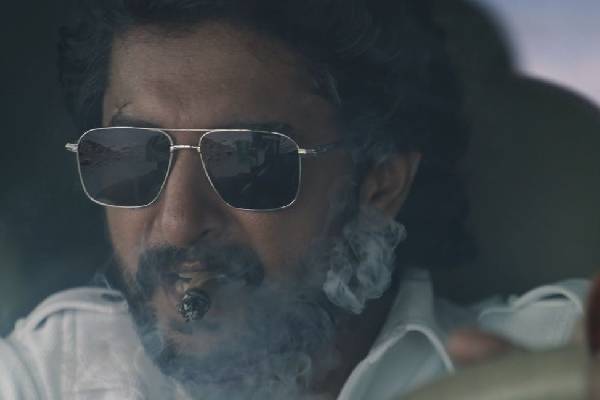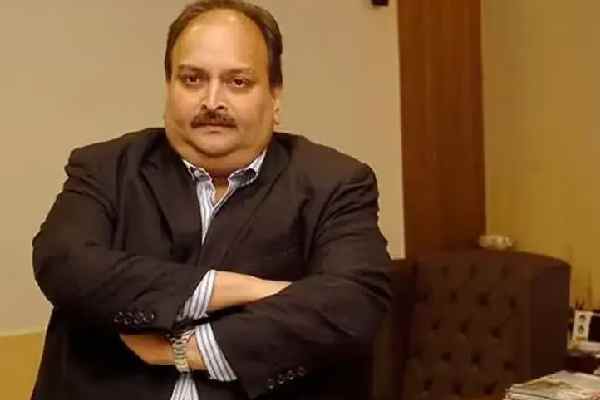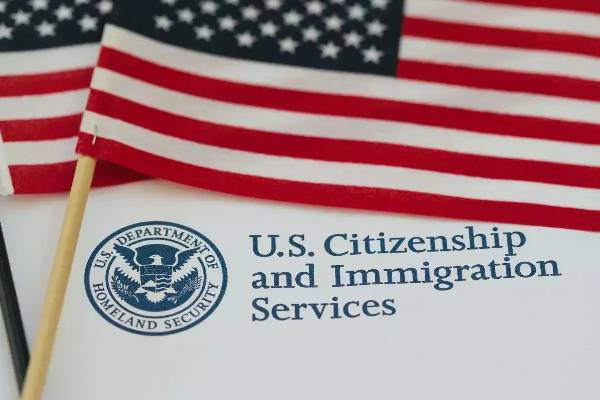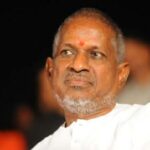With the Anti Coruption Bureau’s probe into alleged cash-for-vote is looming large to TDP, its supremo and chief minister of Andhra Pradesh Chandrababu Naidu is time and again questioning the media of its sources—the medium through which the alleged sting operation went viral.
In an effort to defend the image of the party-whose MLA is arrested-TDP is launching a scathing attack on the media by asking as to how the media has been getting the sources.
It is a known fact that ‘press/journalism’ is considered as a fourth estate-one of the foundations-of any democratic country. Media- print, electronic and new-has always been shouldering a higher responsibility, not just in India, anywhere across the country for that matter.
In an effort to fulfill its responsibility, it undoubtedly becomes a ‘watch dog,’ to highlight whatsoever matter it feels harmful to the democratic system and presents before the public of the country for their judgment.
Media sources:
Media will have its sources in almost all government offices and none can deny it. Sometimes, such source can be a tea vendor and at times a top official. None has the authority to question the media from where it has got the sources, as per the prevailing international laws.
What happened in Watergate Scandal?
The infamous Watergate Scandal-occurred in the United States in mid 1970s-witnessed the involvement of the then US President Richard Nixon in break-in of DNC headquarters at Watergate complex.
When five burglars were caught by the-Federal Bureau of Investigation-along with the cash, the then president Nixon who was involved in the entire episode, denied to face the investigation.
In meantime, two reporters of Washington Post –Carl Bernstein and Bob Woodword-exposed the entire episode with complete details. They got the information from the then associate director of US Federal Bureau of Investigation Mark Felt under the nickname Deepthroat.
The US authorities never questioned Bernstein and Woodword as to who their source (Deepthroat) was. They never went into the depth of media sources.
The world, however, came to know about the source when Mark Felt himself revealed that he was the source in Watergate Scandal in 2005.
Resignation of Nixon as US President:
Owing to the in-depth reports-with required proofs-of Washington Post, Richard Nixon stepped down as the president of the United States of America on August 8, 1974.
International Law:
The USA and South America have made an Inter-American declaration of principles of Freedom of Expression. According to Principle 8 of the declaration, media has the right to keep its sources confidential.
While Africa and others adopted similar principles to protect ‘Freedom of Press,’ European Court of Human Rights observed that protection of ‘media sources,’ was a key requisite of a democratic country in the case ‘Goodwin v UK,’ in 1996.
Although Indian media doesn’t enjoy such absolute privilege, just like how Goodwin v UK granted absolute Freedom of Press to Europe, any counter-action by the media v Chandrababu Naidu can result in similar declarations.
© Telugu360.com



































